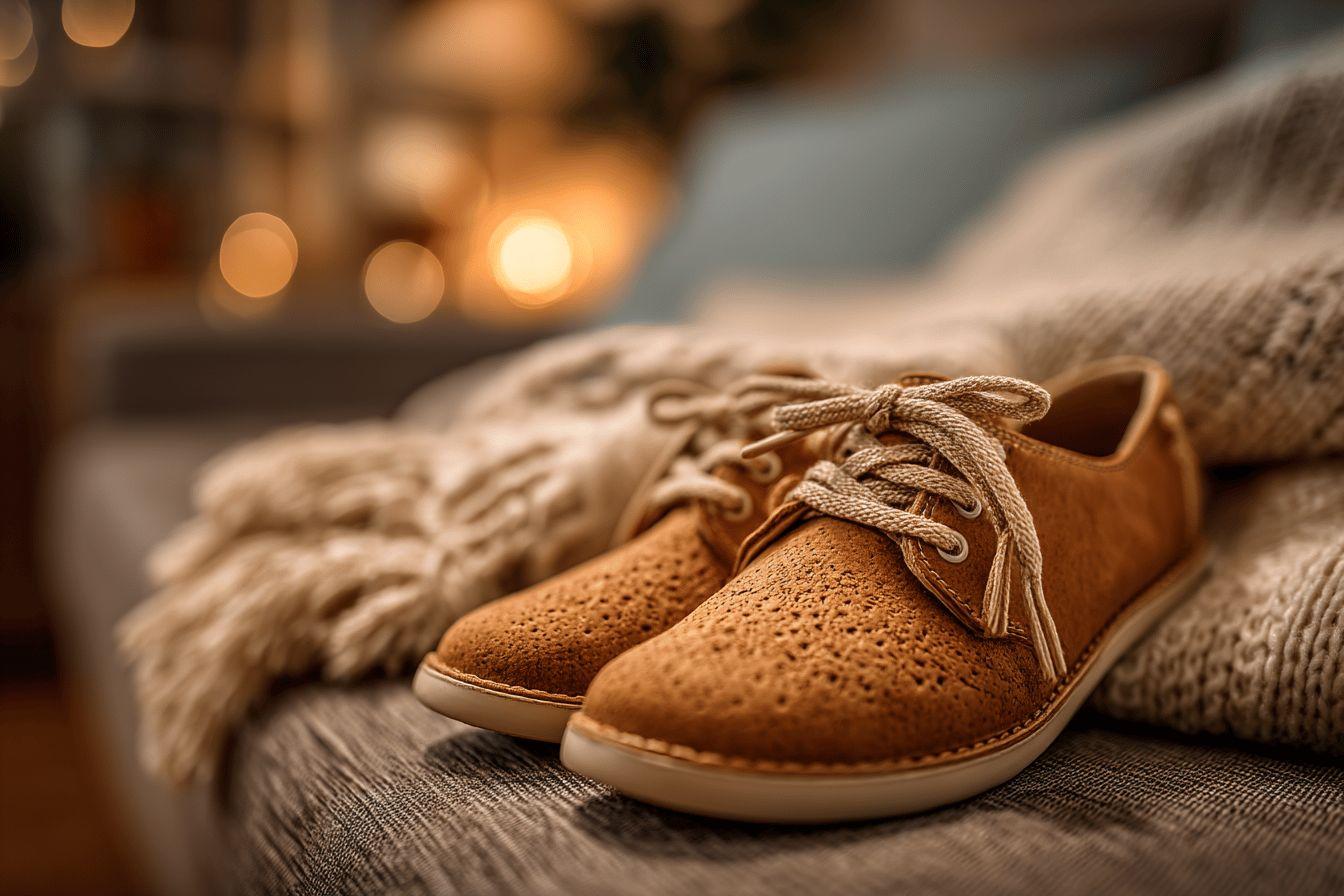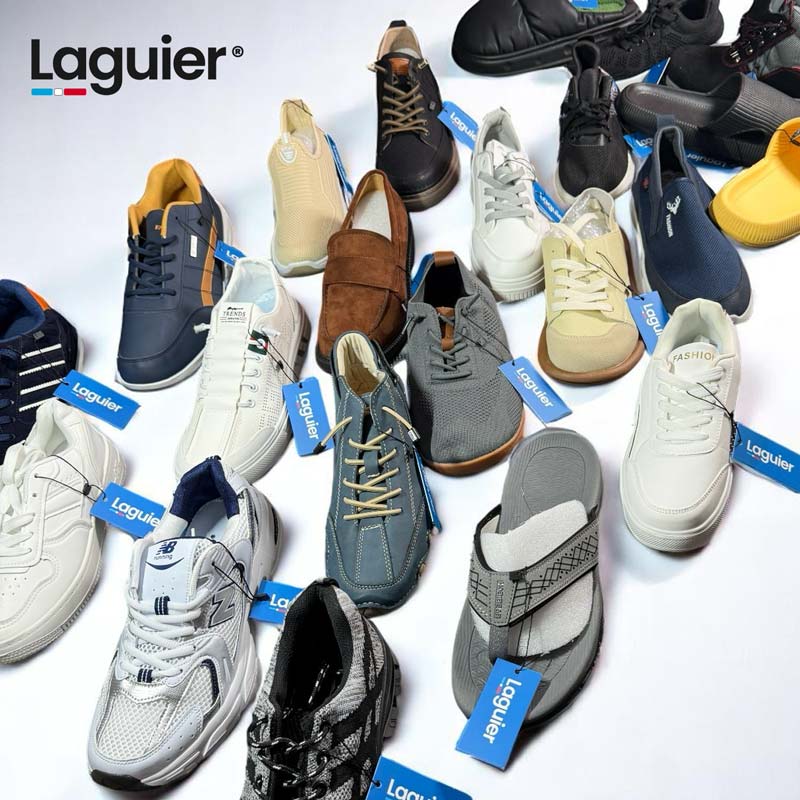Article at a glance
Heel spurs affect mobility, but various solutions allow you to continue walking despite the pain.
- Suitable shoes with good cushioning and thick soles are essential to distribute pressure.
- Foot orthotics and gel heel cups significantly reduce discomfort by relieving pressure on the painful area.
- Stretching exercises of the plantar fascia before walking prepare the foot and reduce tension.
- Alternatives such as swimming or cycling allow you to maintain physical activity without impacting the Heel
Heel spurs represent a daily challenge for many people. This bony growth that forms under the heel can make every step a painful ordeal. But does that mean you should stop walking altogether? Let's take a look at how to manage this orthopedic condition while maintaining some mobility.
Understanding Heel Spurs and Their Impact on Walking
Heel spurs, also known as heel spurs, are bony growths that develop on the calcaneus (the heel bone). This bony protrusion usually forms in response to repeated microtrauma or chronic inflammation of the plantar fascia, the fibrous membrane that connects the heel to the toes.
The pain associated with heel spurs is often described as a sensation of stepping on a nail or sharp stone. It usually intensifies during the first steps in the morning or after a period of inactivity. This condition can significantly affect quality of life by limiting daily movement.
Contrary to popular belief, it's not always the thorn itself that causes the pain, but rather inflammation of the surrounding tissues. Moreover, some people present with a heel spur on medical imaging without experiencing any particular symptoms.
To understand whether walking is possible with this condition, several factors must first be assessed:
- The intensity of the pain felt
- The size and exact location of the spur
- The presence of active inflammation
- The general condition of the foot (other associated pathologies)
- The type of gait and footwear used
In many cases, the answer is yes, it is possible to walk with a heel spur, but it often requires effective treatments for pain relief and some important adjustments to your habits.

Solutions for walking comfortably despite a heel spur Heel Spur
Walking with a heel spur can be painful, but various solutions exist to alleviate discomfort and maintain mobility. The choice of footwear plays a key role in managing this condition.
Shoes suitable for heel spurs should provide good cushioning in the heel area and adequate arch support. Models with thick, flexible soles distribute pressure better and reduce the impact with each step. Avoid flat shoes with no cushioning and high heels, which concentrate pressure on the heel.
Foot orthotics are an effective solution for many patients. These custom-made or prefabricated insoles can redistribute pressure points and significantly relieve pain. Gel heel cups with a central recess are particularly recommended because they specifically relieve the pain.
Before walking, especially in the morning when the pain is often more intense, take the time to perform a few plantar fascia stretching exercises. These stretches help reduce tension in this area and prepare the foot to support your weight.
Here is a comparison table of the main walking aids for people with heel spurs:
| Solution | Advantages | Disadvantages |
|---|---|---|
| Custom-made orthotics | Perfectly adapted to your body shape, excellent support | High cost, manufacturing time |
| Gel heel cups | Affordable, immediate effect, easy to transfer | Less durable, less comprehensive support |
| Therapeutic shoes | Integrated solution, optimal comfort | Sometimes medical aesthetics, high price |
| Strapping/taping | Effective, inexpensive temporary support | Technical application, short duration of effectiveness |
If pain persists despite these adaptations, it may be necessary to temporarily modify your activity level. Sometimes, a period of relative rest is essential to allow inflammation to decrease before gradually resuming walking.
Alternatives and Precautions for Maintaining Physical Activity
When walking becomes too painful due to a heel spur, it is essential to maintain physical activity through other means. Swimming and water aerobics are ideal alternatives for maintaining your physical condition without putting pressure on the painful heel. The buoyant effect of the water immediately soothes the affected area while strengthening muscles.
A stationary bike or exercise bike is also an excellent option, as it works the legs without putting pressure on the heels. For daily activities, the temporary use of a cane can redistribute body weight and reduce pressure on the affected foot.
If you experience pain under the balls of your feet that worsens during or after walking, here are some important precautions to take:
- Adopt a slower walking pace and shorter distances
- Avoid hard surfaces like concrete or tile
- Focus on softer paths like grass or athletic tracks
- Alternate periods of Walking and Rest Periods
- Apply ice after exercise to limit inflammation
It is also recommended to maintain a healthy body weight to reduce the pressure on the heels with each step. Every extra pound significantly increases the impact forces of walking.
In some cases, the use of nonsteroidal anti-inflammatory drugs (NSAIDs) may be considered before prolonged walking, subject to prior medical advice. Shockwave therapy or corticosteroid injections may be treatment options to discuss with your doctor when pain severely limits your walking ability.
Remember that every case of heel spur is unique. What works for one person may not be appropriate for another. Listening to your body and regular monitoring by a healthcare professional remain the best compasses for navigating between activity and necessary rest.





Leave a comment
This site is protected by hCaptcha and the hCaptcha Privacy Policy and Terms of Service apply.